
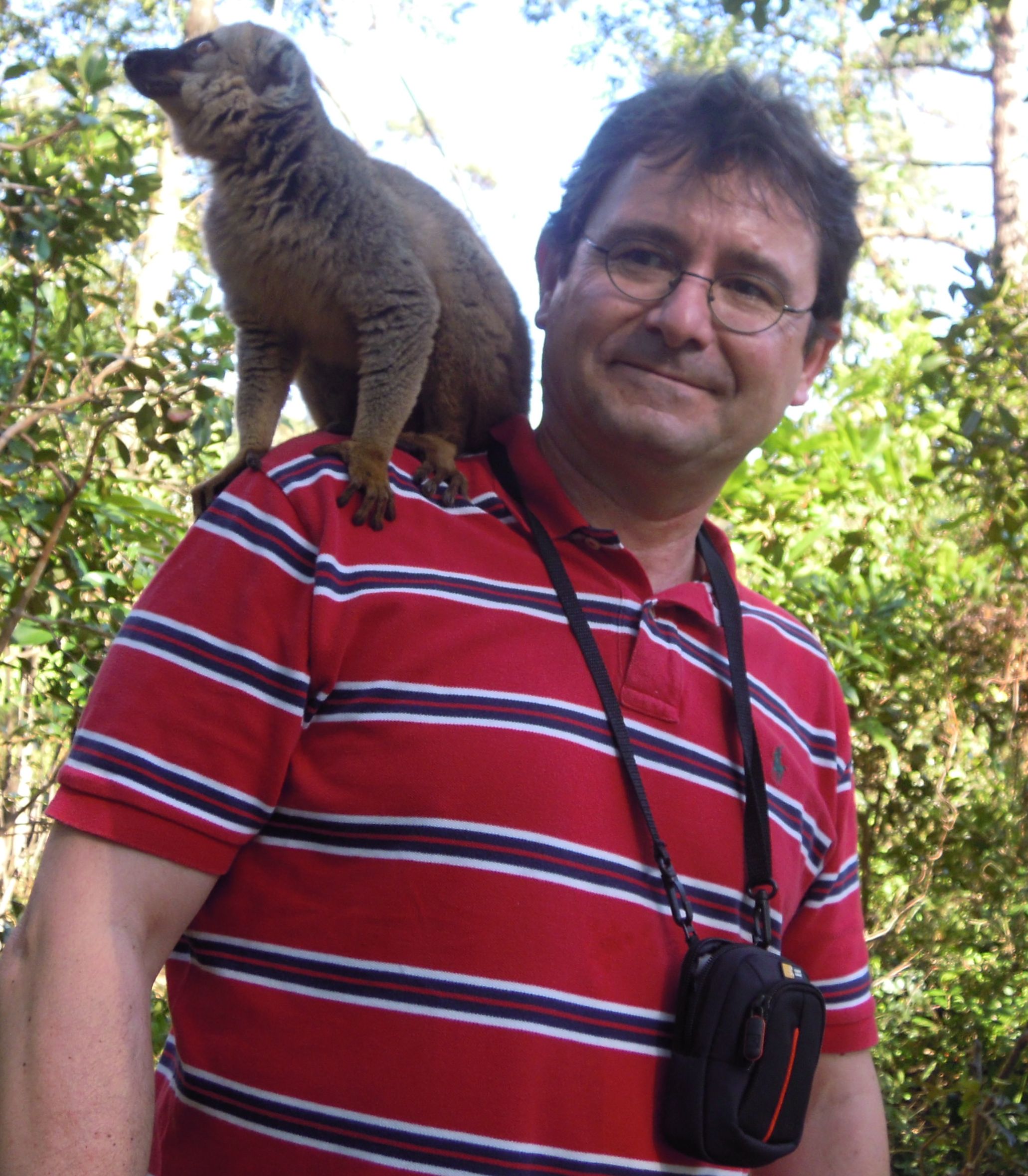
Teaching (mostly french stuffs)
PCI Infections information page
Empirical population genetics, tool development and applications in natural populations, in particular host parasite systems
- Training course in empirical population genetics, go to "Teaching" page.
- Theoretical population genetics of clonal organisms.
- The population genetics of kinetoplastid parasites (leishmania, trypanosomes) and their vectors (sand flies, tsetse flies)- Study of adaptive diversity maintenance: theoretical (analyticalal modelling and simulations), experimental and field studies on a host parasite system (copepods parasitic on flatfishes),
The adult parasites females and males of the two species
Lepeophtheirus thompsoni (left) and L. europaensis (right) followed by
Nauplius 1 hatching, Nauplius 2 and copepodite (infective
stage) stages
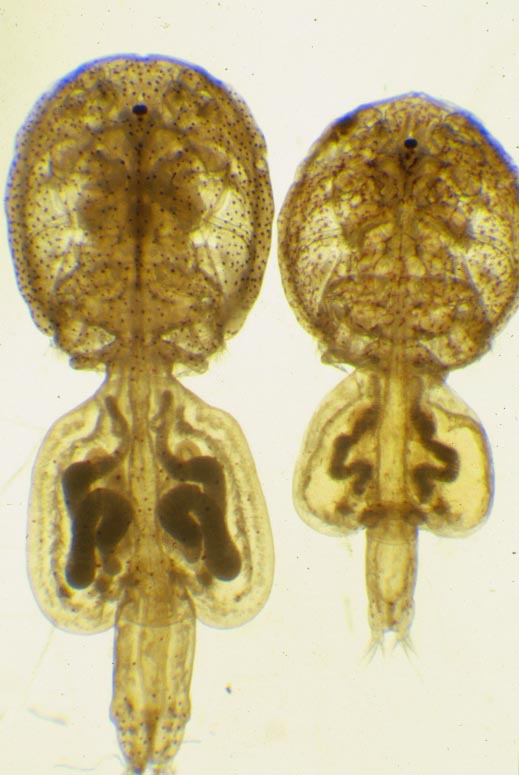
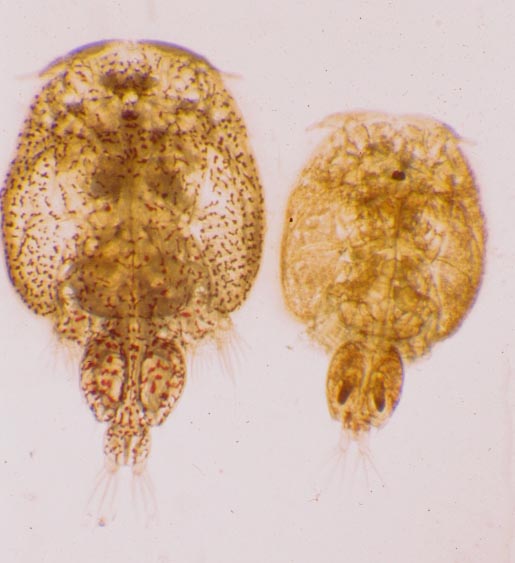
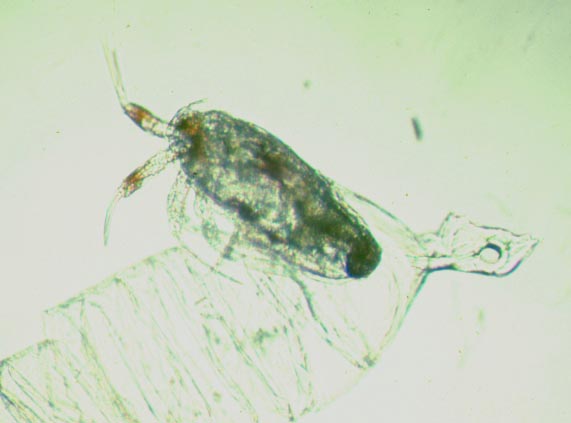
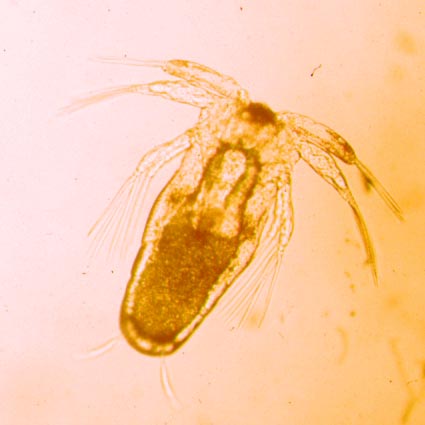 Photos by André Raibaut
Photos by André Raibaut
The hosts: the turbot (for L. thompsoni) and the brill and the fllounder (for L. europaensis)
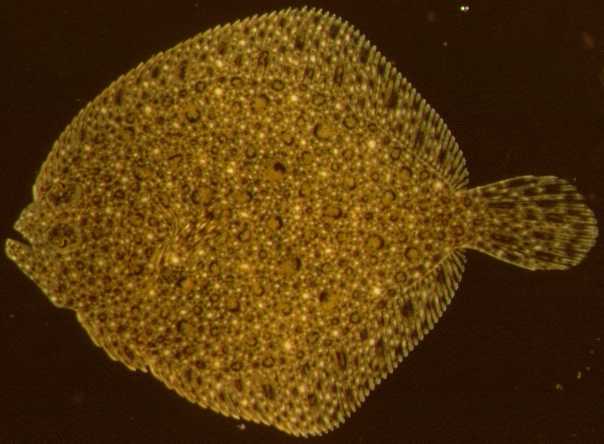
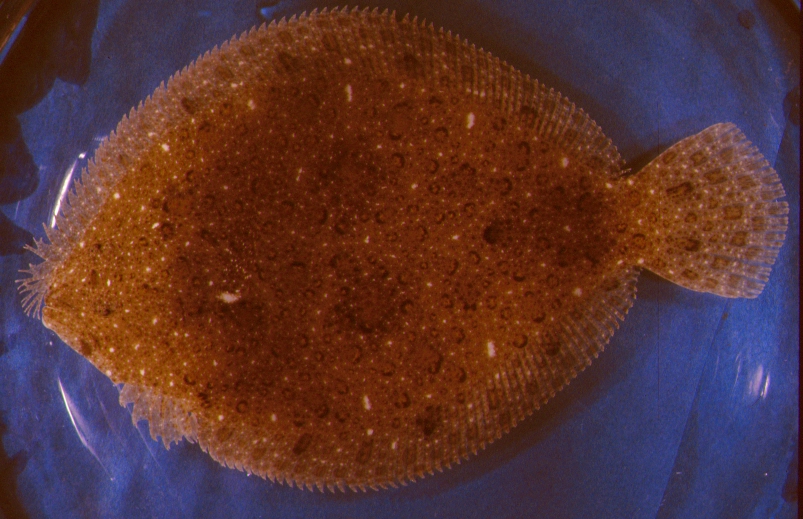
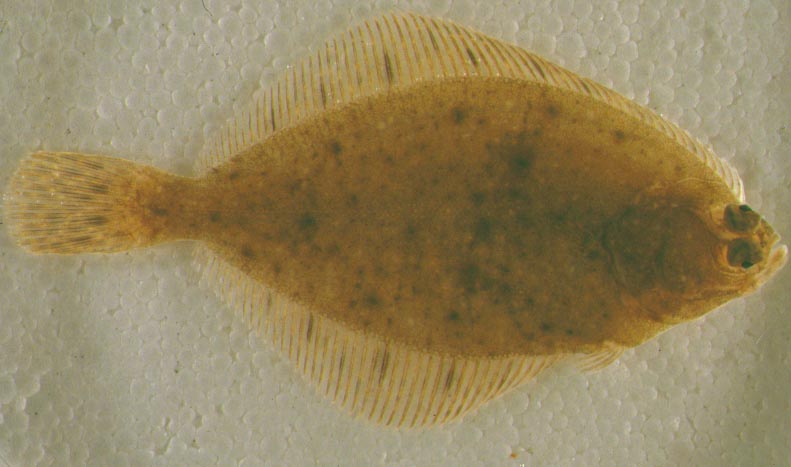 Photos by Roland Marin and François
Renaud
Photos by Roland Marin and François
Renaud
- Population biology inferences using molecular
marquers variability and particularly in hoste/parasite systems:
Theoretical approaches (tools development, in particular for the study
of clonality) and application to différents systems
(mussels,
schistosomes-rats-mollusks in Guadeloupe, opportunistic yeasts,
cestodes, ticks-Borrelia, glossins, trypanosomes, Leishmania).
Photo from
http://www.schonwalder.org/Beaches/page20.htm
Cercaria, adult pair, egg and miracidium of Schistosoma mansoni
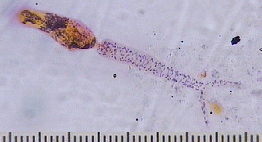
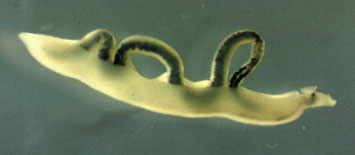
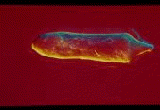
Cercaria: Thérèse Duriez , Lucien Dujardin, Daniel Afchain copyright: Laboratoire de Parasitologie Faculté de Pharmacie BP 83 59006 Lille cedex, http://arachosia.univ-lille2.fr/labos/parasito/imagesTP/12321.html
Pair: UCLA Institute of the Environment, http://www.ioe.ucla.edu/academic/M1c/Jen_and_Alex/Disease%20images/
Egg: CDC,
http://www.dpd.cdc.gov/dpdx/HTML/ImageLibrary/Schistosomiasis_il.htm
Candida (opportunistic yeast)
 Stanford Genome Technology
Center,
http://www-sequence.stanford.edu/group/candida/index.html
Stanford Genome Technology
Center,
http://www-sequence.stanford.edu/group/candida/index.html
Ixodes scapularis a member of the Ixodes ricinus like ticks (ungorged female)
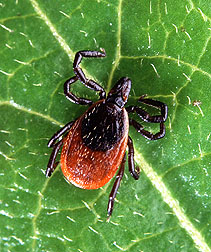 Photo by Scott Bauer,
http://www.ars.usda.gov/is/graphics/photos/index.html
Photo by Scott Bauer,
http://www.ars.usda.gov/is/graphics/photos/index.html
Borrelia burgdorferi that this tick can transmitt to man
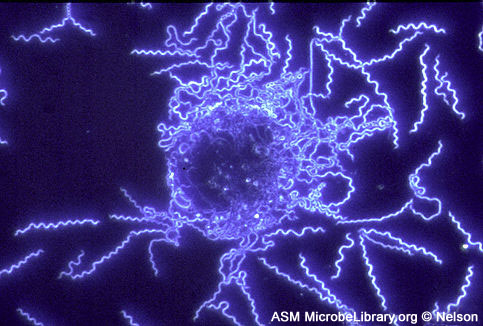 American Society for
Microbiology,
http://www.microbelibrary.org/images/jnelson/Images/borrelia.jpg
American Society for
Microbiology,
http://www.microbelibrary.org/images/jnelson/Images/borrelia.jpg
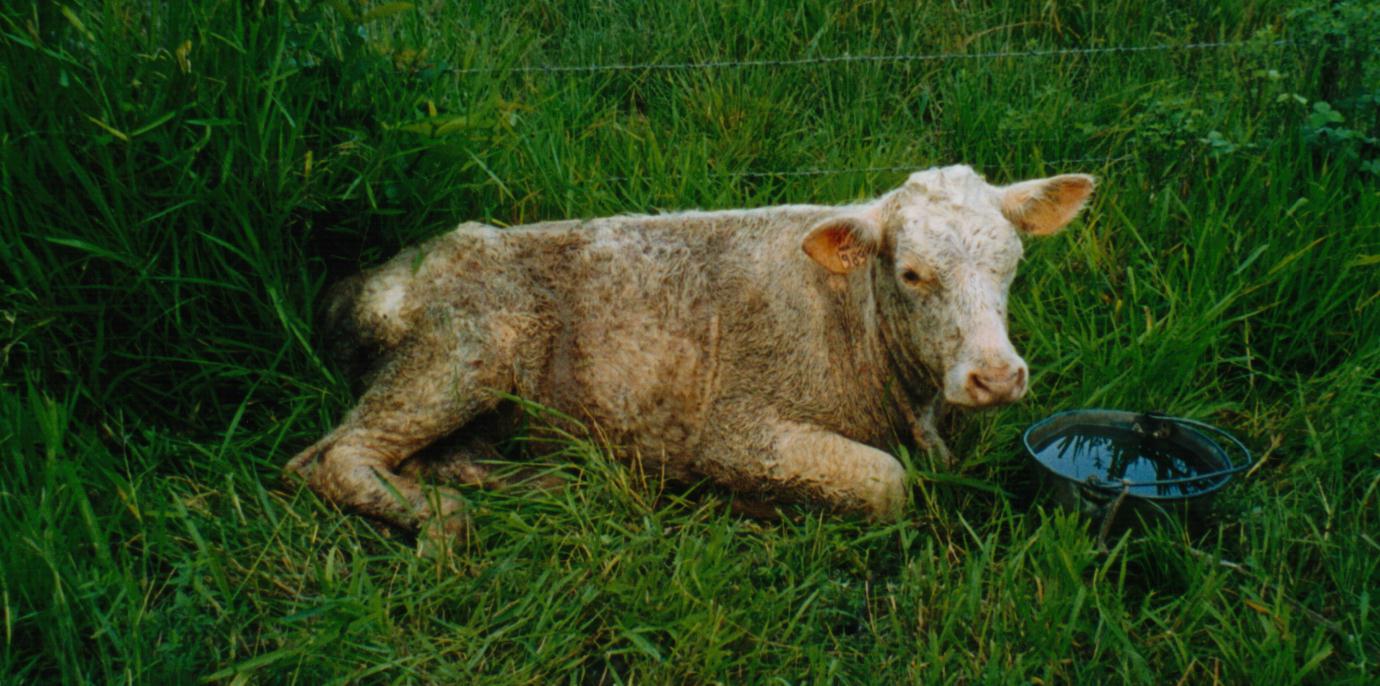
Tsetse fly, vector of trypanosomes
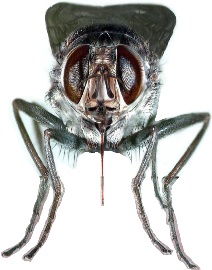
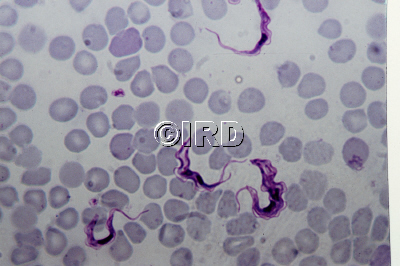
-Lectures (Population genetics, Data analysis, Evolutionary
Parasitology).
Many of the material presented here were found in the web. Please do not use these pictures for any other purpose than teaching or oral scientific communications.